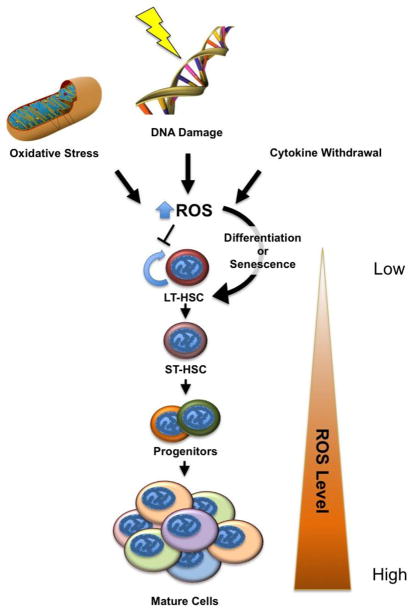Figure 2. Cell Fate Decisions in Conditions of Stress.
Various forms of stress result in increasing levels of ROS. These include the loss of growth signaling, DNA damage, and oxidative stress due to metabolic deregulation or extrinsic factors. As ROS levels increase, LT-HSCs lose their self-renewal capacity, i.e. their stemness, choosing to differentiate or undergo senescence and depleting the stem cell pool. While stressed stem cells may differentiate properly and provide normal hematologic function, prolonged stress can result in hematopoietic failure. Low ROS levels are a hallmark of LT-HSCs, with ROS levels increasing as hematopoietic cells lose potency and differentiate. LT-HSC, long-term hematopoietic stem cell.

